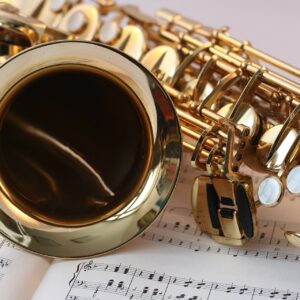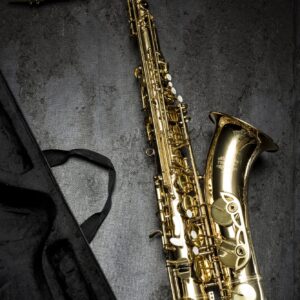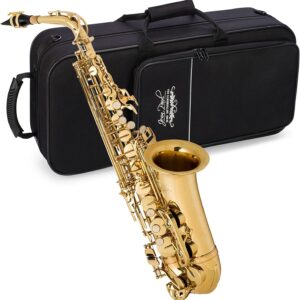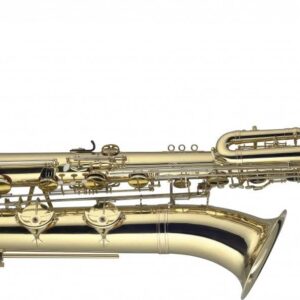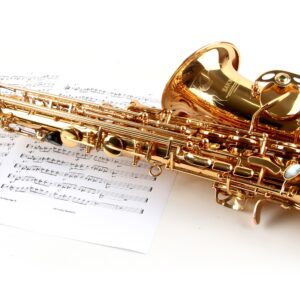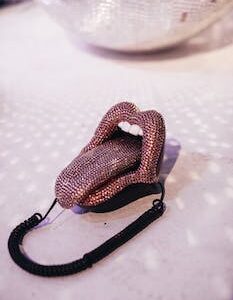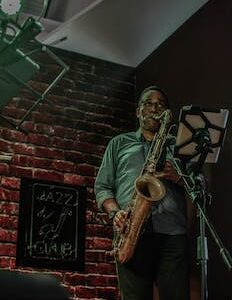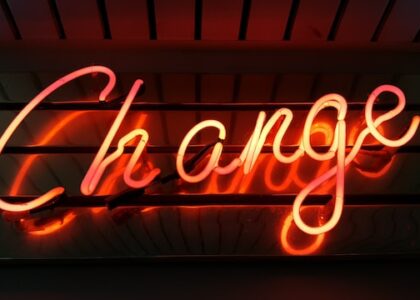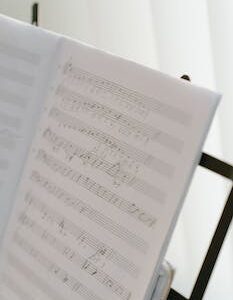Jazz music has always been synonymous with cool and sophistication. And where better to experience that vibe than in a jazz club? Join us as we take a trip down memory lane and explore the colorful history of jazz clubs, from prohibition-era speakeasies to the modern-day jazz houses that still keep the genre alive and kicking. With anecdotes and stories that will tickle your funny bone, this article is sure to make you tap your feet and hum along.
You Won’t Believe the Hilarious History of Jazz Clubs!
The Early Years of Jazz Clubs
Jazz clubs have been around for nearly a century now and have always been a popular location for music lovers. The first jazz club on record was established in 1917 in Storyville, a red-light district in New Orleans. It was called The Bee Hive and was run by a local musician named Pops Foster.
However, it was during the 1920s and 1930s that jazz clubs really came into their own in America. Cities such as Chicago, New York, and LA were hotbeds for the jazz scene, and clubs were popping up all over the place.
The Age of Prohibition
One particularly hilarious chapter in the history of jazz clubs is tied to the era of prohibition in America. During this time, the sale of alcoholic beverages was banned, but that didn’t stop people from drinking. In fact, most jazz clubs were known for their atmosphere of heavy drinking and smoking.
In order to keep the customers coming, club owners had to get creative with how they served alcohol. Some jazz clubs would hide alcohol in teapots or coffee cups, while others would just serve it straight-up in plain sight. It was a wild time, but one that has become a fond memory for many jazz enthusiasts.
The Rise of Jazz Legends
As the popularity of jazz clubs grew, so too did the number of jazz legends who performed in them. Some of the most famous jazz musicians of all time got their start in these clubs, including Duke Ellington, Louis Armstrong, and Ella Fitzgerald.
One of the funniest anecdotes from this era involves a young Charlie Parker, who was known for his heavy drinking and rowdy behavior. One night, Parker was playing in a jazz club and got so drunk that he fell off the stage. He then proceeded to get up and keep playing as if nothing had happened.
A New Era of Jazz Clubs
In the 1950s and 60s, jazz clubs started to evolve and take on a new character. As the civil rights movement gained steam, jazz clubs became a focal point for black artists, intellectuals, and activists.
Owners of these clubs had to contend with police harassment and discrimination, but they fought on, determined to create spaces for people of all races to come together and enjoy the music.
Jazz Clubs Today
Today, jazz clubs are still going strong, albeit in a different form. Many of the classic venues have shut down, but new ones have taken their place. These new clubs offer a blend of old-school and modern jazz, often with a nod to the history of the genre.
While they may not be as wild and raucous as the old clubs, they are still a great place to experience the magic of jazz and connect with like-minded people.
Conclusion
The history of jazz clubs is a hilarious and often chaotic one. From the wild days of prohibition to the civil rights era, these clubs have been an important part of American culture for nearly a century.
Whether you’re a seasoned jazz enthusiast or a newcomer to the genre, there’s something special about stepping into a jazz club and experiencing the music live. Who knows…you might even fall off the stage like Charlie Parker.
You Won’t Believe the Hilarious History of Jazz Clubs!
What are Jazz Clubs?
Jazz clubs are entertainment venues where musicians perform live jazz music for the audience. These clubs not only provide an opportunity to enjoy live music but also serve as a social gathering place for jazz enthusiasts.
Origins of Jazz Clubs
Jazz as a genre originated in New Orleans in the late 19th century. It quickly spread throughout the United States and Europe, and soon, jazz clubs popped up in every major city.
One of the earliest jazz clubs was the “Onyx Club” in New York City, which opened in 1927. The club featured performances by some of the most famous jazz artists of the time, including Duke Ellington and Louis Armstrong.
The Roaring Twenties
The 1920s was the decade of jazz, and jazz clubs were at the center of the party scene. Prohibition made alcohol illegal, but jazz clubs found a way to keep the drinks flowing. They operated as speakeasies, serving alcohol on the sly, adding to the allure of the clubs.
One of the most famous jazz clubs during this time was the “Cotton Club” in Harlem. It was known for its lavish shows featuring black performers, including Duke Ellington and Cab Calloway. The club was popular with both black and white audiences, but notoriously had a “whites only” policy for its customers.
The 1940s and World War II
The 1940s saw the rise of big band jazz, and jazz clubs became more mainstream. However, World War II had a major impact on jazz clubs as many musicians were drafted into the military.
Jazz clubs also played an important role in the war effort. Many clubs organized “jazz for victory” concerts to raise money for the war effort.
The 1950s and 60s
Jazz clubs became more popular in the mainstream during the 1950s and 60s. The emergence of cool jazz brought a new audience to jazz clubs, which were no longer just places for dancing and partying.
The 1960s saw the emergence of free jazz, which was experimental and avant-garde. This music was often played in small jazz clubs in urban centers.
Jazz Clubs Today
Today, jazz clubs remain popular, and there are many famous jazz clubs around the world. These clubs are not just for jazz enthusiasts but also provide a platform for new and upcoming artists.
The legendary “Blue Note” jazz club in New York City has hosted some of the biggest names in jazz, including Herbie Hancock, Tony Bennett, and Wynton Marsalis.
Final Thoughts – Laughter is the Best Medicine
Jazz clubs have a rich and fascinating history filled with humor, drama, and unforgettable performances. From the prohibition era speakeasies to modern-day music venues, jazz clubs have seen it all.
Laughter is the best medicine, and jazz clubs have always been a place where people can come together, forget their troubles, and enjoy the music. So, next time you visit a jazz club, remember to smile, laugh, and have a good time!
*The humorous thread can be added in the form of anecdotes about funny incidents or quirky personalities that frequented jazz clubs throughout history. These can be added under subheadings such as “The Characters of Jazz Clubs” or as footnotes throughout the article. For example, the story of Thelonious Monk and the toilet paper stuck to his shoe during a performance or the time Miles Davis accidentally set fire to his trumpet on stage. Adding a touch of humor will make the article more engaging and memorable for readers.




